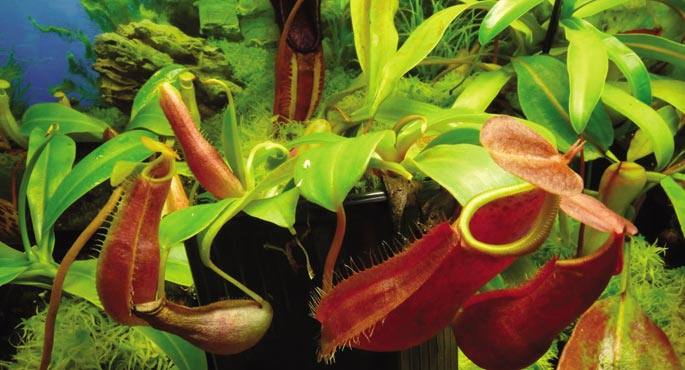

If it is a plant that uses a bat to transport pollen from flower to flower. In return, nectar to enjoy the flight. That nectar doesn't look silly. On the other hand, some plants do not seem to have much work to find fellow animals willing to do extraordinary work.
Plants of the genus Nephentes use insects. These plants live in arid lands, they have enough work to feed themselves, and they have become carnivores to alleviate this lack of food. They've invented arts to catch insects. Most varieties of this genus have large, erect flowers, shaped like a pitcher. At the bottom of the flower a puddle nectar. In the cake trap, the insect will fall and the plant will empty after drowning, mostly absorbs nitrogen. Other plants of this genus use satagins or satichos. The rodent has to make luxe to suck the nectar and put the ass in the mouth of the flower. Like most animals, sataginese likes to move their domains as well as the flower that gives them nectar. Being a lot of shit the milestone, it does it in the flower as well. And the flower to taste, the nitrogen and other fertilizers for the home.
Nephentes baramensis, on the other hand, wants to act without risks and turn a flower capable of eating insects in the nest of a bat, joining with it a prolonged treatment. After a deal, flowers have to be little nectars and not spend energy on the production of attractive odors. The bat is Kerivoula hardware. He will thank the place where he sleeps well protected and, like the satagine, will leave his poop and his fins. Room with bathroom. The plant must reuse and pay for the work. So you get over a third of the N you need. This affinity is called mutualism, a form of symbiosis in which both get some benefit. With the pain of shit, both. The story goes on in Borneo.